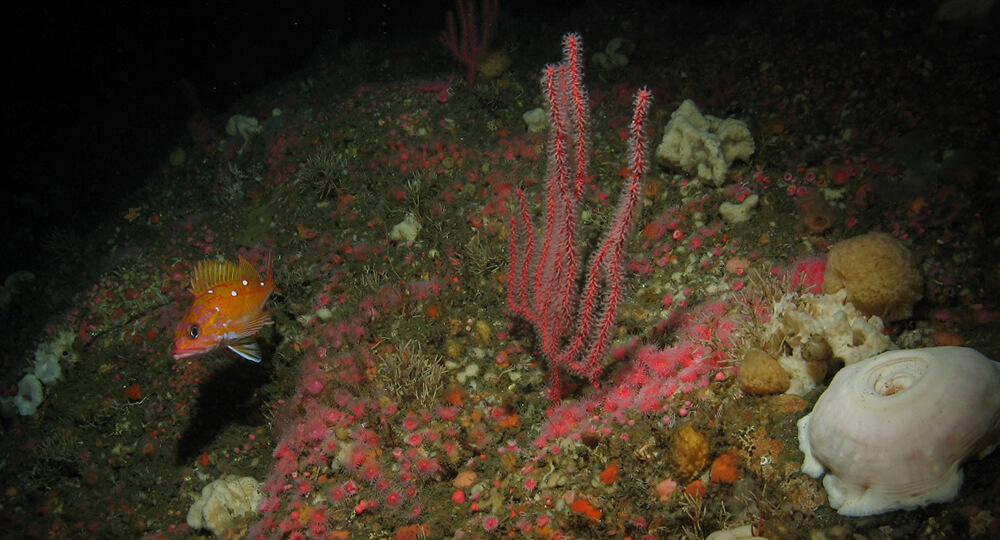
West Coast Region
Channel Islands Chumash Heritage Cordell Bank Greater Farallones Monterey Bay Olympic CoastPacific Islands Region
American Samoa Hawaii Humpback Whale Pacific Islands Heritage (in designation) PapahānaumokuākeaSanctuary News
Why Deep-Sea Corals Are Essential to Our Ocean
Deep-sea corals play a vital role in maintaining the health of our ocean and supporting marine life. Many of these coral habitats are found within the boundaries of national marine sanctuaries, where they receive critical protections to ensure their survival. Here are five reasons why deep-sea corals are essential to our ocean and the national sanctuaries that help safeguard them.
National marine sanctuaries offer unique opportunities for regenerative tourism and responsible recreation, supporting local jobs and economies while safeguarding marine ecosystems. Ready to explore your sanctuary? Discover resources and events to help you connect with these special places!
National Marine Sanctuary System Posters
During the National Marine Sanctuary System's 50th anniversary celebration in 2022, a commemorative poster series was launched to capture the beauty and diversity of each site in the system. The posters are two sided, featuring original artwork on the front and educational information on the back. Other posters created for the system over the years have also been added. Dive in and download your sanctuary posters today!
Virtual Dives
Immerse yourself in the ocean and your national marine sanctuaries without getting wet!
Our planet is an ocean planet: Earth Is Blue. The National Marine Sanctuary System protects some of the most iconic underwater places throughout the United States, but we can't do it without you. No matter where you are, the ocean and Great Lakes are in your hands. We hope these images inspire you to help care for our ocean and to spread the word that Earth isn't green – it's blue.



Stories from the Blue
Stories from the Blue celebrate the people at the center of national marine sanctuaries and marine national monuments. What does the National Marine Sanctuary System mean to you?

Sanctuary Nomination Process
NOAA invites communities across the nation to nominate their most treasured places in our marine and Great Lakes waters for consideration as national marine sanctuaries.

Visit
National marine sanctuaries are ideal destinations for travelers who enjoy a diversity of recreational activities.

Get Involved
Volunteers help to ensure marine sanctuaries remain America's underwater treasures for future generations.


















